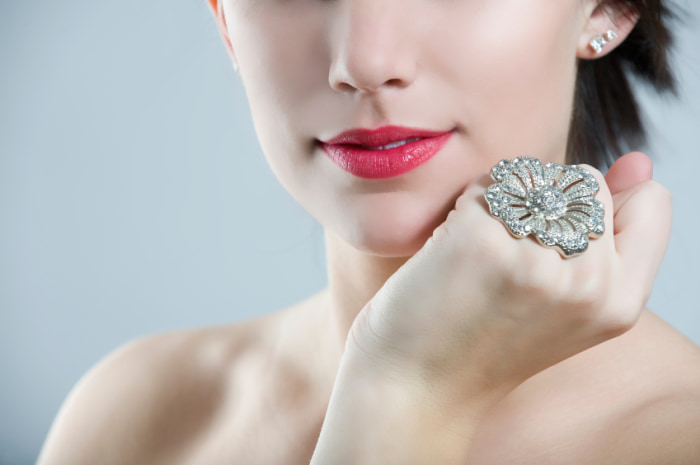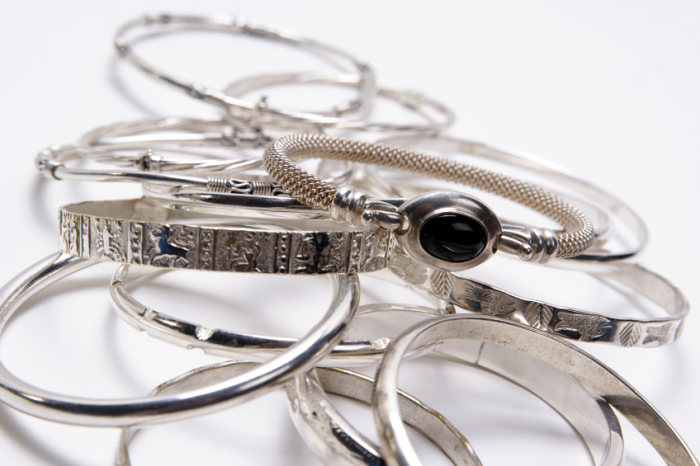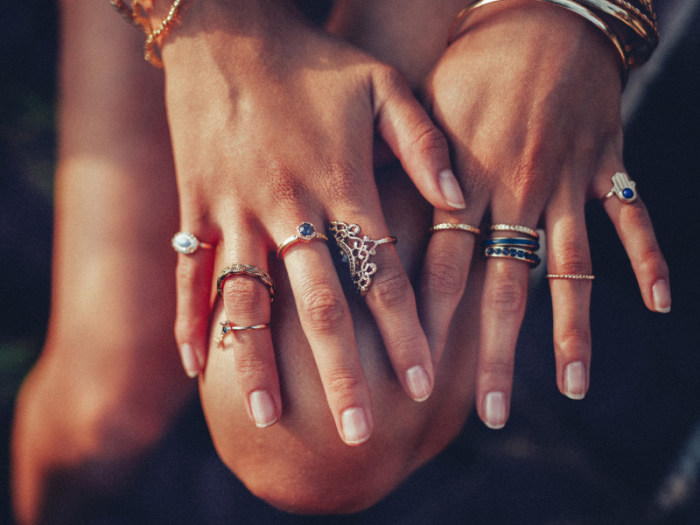How To Clean Sterling Silver
Anyone who enjoys the elegance and purity of sterling silver should know how to clean and polish it.
Stylish looks for less
Anyone who enjoys the elegance and purity of silver cutlery will appreciate the need to ensure that it is kept in peak condition. If it is not regularly cleaned and polished, sterling silver has a tendency to blacken and stain, caused by the oxidation of sulphur and ozone in the air that we breathe.

Thankfully, every cloud has a silver lining and staining can be easily avoided with a little work, the right techniques and appropriate cleaning products. However, there are some important things to remember when cleaning your silver jewellery, knives, forks, plates or spoons. Little details can make all the difference between keeping family heirlooms in a spotless state and allowing them to tarnish.
Remove the dirt from your silver before polishing
First things first. Before applying any polish, ensure that your sterling silver items are as clean as possible. The best way to do this is by submerging them in a basin of warm water with a squirt of household detergent. Using a soft pad or sponge, gently rub your silver until the surface dirt has been removed. Don’t use a scouring pad or leave your silver in the water for more than a few minutes. Then, briefly rinse under a cold tap and dry off using a soft towel.
How much do you want to polish your silver?

The wonderful thing about sterling silver is its incredible ability to mirror natural light, creating a brilliant effect whether it is used for cutlery or jewellery. To achieve this effect, polishing is essential.
However, owners of silver items need to think before applying their polishing equipment. Over time, silver also acquires an attractive patina (a surface texture from natural ageing), which can give forks or spoons a classy antique look. If you want to retain this, it’s important to restrain yourself from polishing too hard or choosing more abrasive products. Using chemical cleaning products is definitely to be avoided as well.
Choose the right polishing method
There are a number of ways to polish sterling silver. Which one you choose really depends on the item that is being polished. For jewellery, experts tend to choose a rouge cloth, which is gently rubbed across the surface of the items. Rouge is a specialist compound that can safely polish rings and necklaces without risking losing their shine and texture.

"Place your items in a bowl lined with tinfoil."
For cutlery, less sophisticated polishing techniques can be applied. A popular and effective way to polish silver cutlery is to place your items in a bowl lined with tinfoil. Boil around a litre of water and pour this into the bowl. Then add about a tablespoon of baking soda (make sure you do this in a bath or sink as the mixture will froth a little).
In just a few minutes, any tarnish on your silverware will have been removed. For very persistent tarnish, you can also try adding a little salt to the mixture, then boiling the contents of the bowl for a couple of minutes. After bathing your silverware in the bowl, all that you need to do is remove it and rinse briefly under the cold tap. When it has been left to dry for an hour or so, you can use a soft cloth to ‘buff’ each item individually, until it has acquired a shine worthy of your table.
Store your silver properly to avoid tarnishing
If you have a large amount of silver items, there is no need to worry about them becoming irreversibly tarnished.

All that you need to do is to spend a little time maintaining them each year, just as you would your favourite outfits or wooden furnishings. When you store them, try to keep them away from bright light and in as airtight a container as possible. Try to keep silver jewellery away from cosmetic chemicals and never wear it in the bath or shower.
If you keep all of that in mind and regularly give your items a little attention, keeping silver clean and shining brightly should be simple.